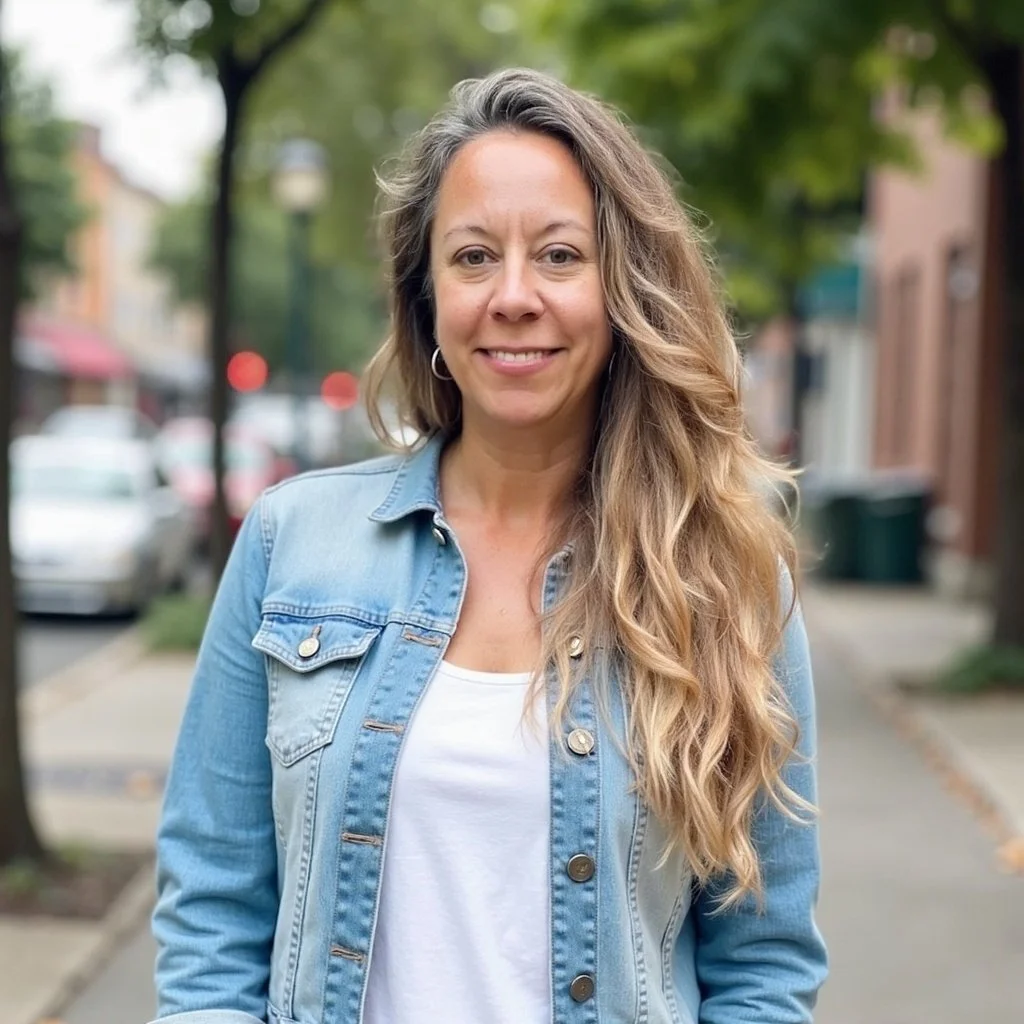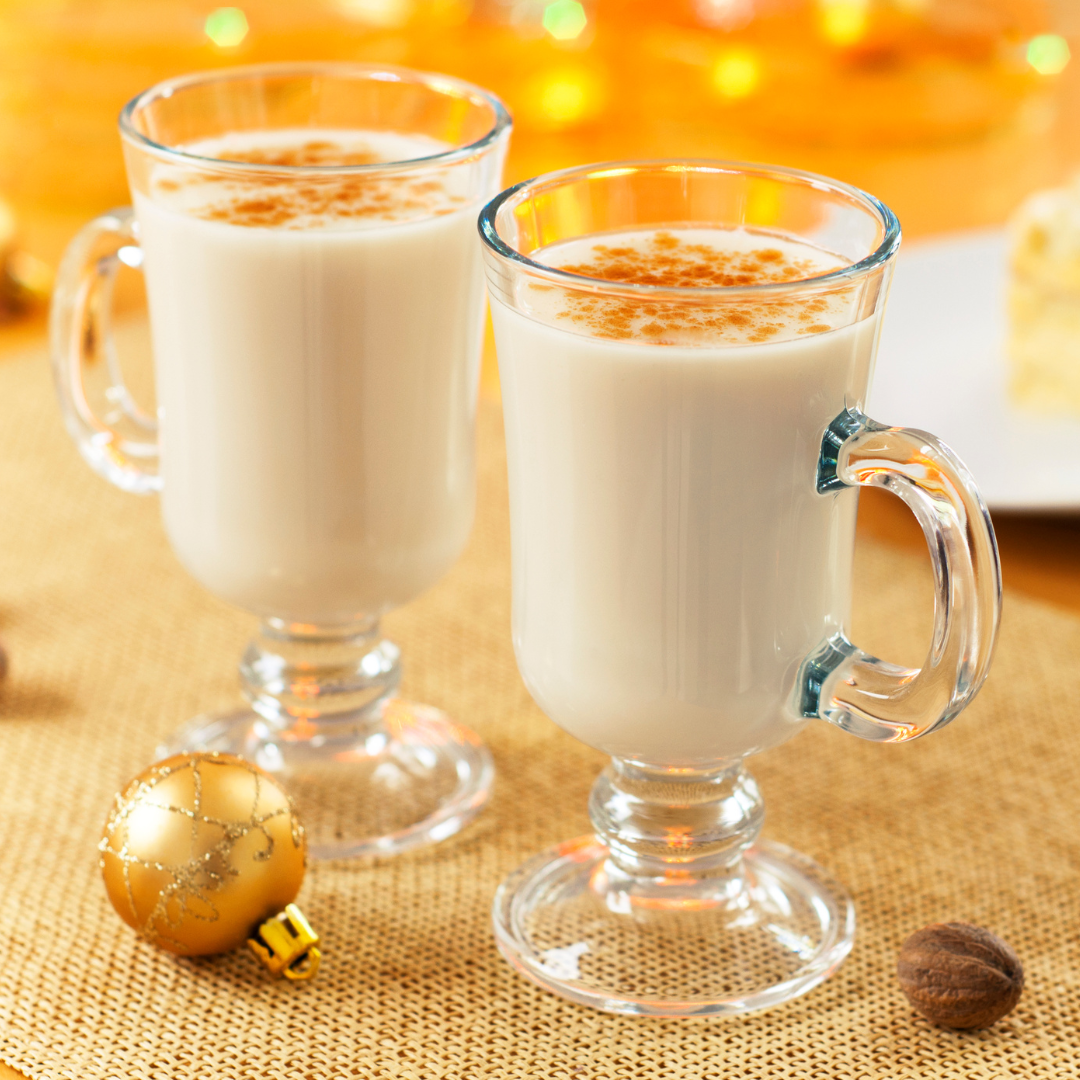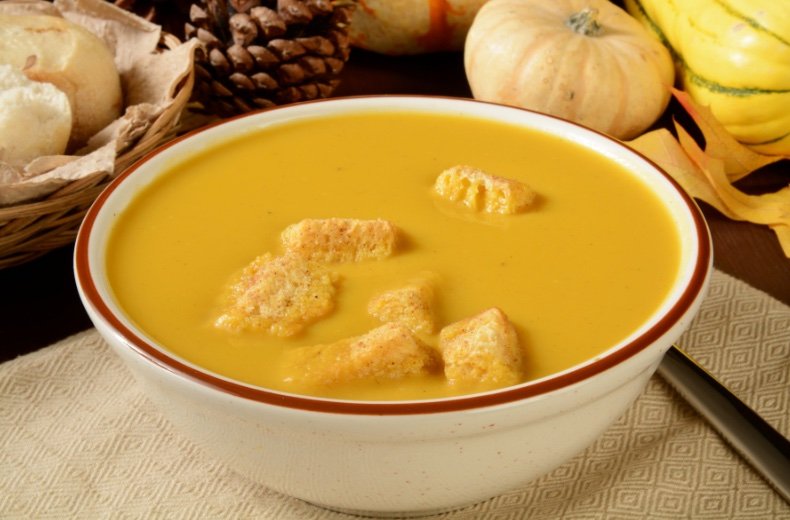My Grandma's Bread
/The aroma of bread baking is one of my favorite smells. It evokes childhood memories of early mornings at my grandmother’s farmhouse. She’d greet the dawn by preparing freshly baked loaves to feed her loved ones. This morning ritual, perfected over decades, produced bread that was legendary in my family. Sadly though, the recipe was never written down; she didn’t need a recipe, her practiced hands knew all the steps by heart. Nor did she initiate any of her children or grandchildren into the proper method to reproduce her perfect bread. When she left us, her bread was lost.
On and off, during the last 10 years, I have been on a quest to make my grandma’s bread. I tried dozens of recipes. Some were fluffy enough yet lacked the crunchy crust. Some were crunchy yet lacked the moist chewy interior. Nearly all lacked the subtle sweetness that helped set her bread apart. So, I’d move on to a new recipe with some alteration in the ingredients or variation in preparation. I honed my baking skills and produced some lovely breads over the years, but they weren’t quite perfect.
One of the reasons I began my quest, apart from my desire to once again enjoy the yummiest loaf ever, was to have affordable bread made from organic flour uncontaminated with glyphosate. Glyphosate is widely used to grow and prepare grain products and other foods despite being linked to harmful effects on ecological and human health.
Glyphosate is toxic to our bodies. It is linked to a long list of diseases including cancer, celiac disease, leaky-gut syndrome, inflammatory bowel disease, IBS, ALS, skin cancer, heart disease, neurological diseases, liver and kidney diseases, endocrine-disruption, and fertility and reproductive problems for men and women. It can lower birth weight and result in higher NICU admission risks, infant mortality, congenital defects, altered thyroid levels, and increased pathologies. It harms the adolescent brain function and has negative consequences on mental health through alterations in the gut microbiome. It’s my opinion that in the coming years research will confirm that the gluten-intolerance so common these days is caused by glyphosate toxicity and that we will eventually see this harmful chemical banned across the globe. We are a long way from that.
Since the 1990s, the EPA has shockingly authorized a 2000-fold increase in the use of glyphosate on some crops. Just 0.1 ppb (parts per billion) has been shown to cause severe organ damage in rats, yet Cheerios contain 1125.3 ppb. Glyphosate contamination is present in non-organic wheat, corn, oat, soybean, and GMO products, and even some organic foods have contamination, possibly due to the proximity of organic and non-organic farm fields. Oatmeal and other processed foods like crackers tend to have the highest contamination levels and avoiding them is a wise choice for your health.
After they were found liable in a lawsuit, Monsanto (now Bayer) - the manufacturer of glyphosate - had to pay $10 billion to compensate non-Hodgkins's lymphoma patients and their loved ones. More than 20 countries and several cities in the United States, bolstered by warnings from some medical organizations, have already banned it. There have been reports that Bayer plans to pull its popular garden product Roundup, which contains glyphosate, from the marketplace soon to prevent further lawsuits.
Glyphosate harms the earth, too, as it destroys the soil biome, contaminates water, disrupts aquatic ecosystems, increases flooding risks, and harms wildlife. Its usage is in direct opposition to principles of regenerative agriculture and the health of farm fields and our food supply.
One of my favorite Taoist authors, Stephen Russell, taught the concept of “embracing the filth”. We can’t live a perfectly toxin-free life and entirely avoid glyphosate and other harmful elements in our environment. Embracing and enjoying life, in all its complexity, even with some toxic stuff, is essential to happiness and balance. So, despite my knowledge of the toxicity of glyphosate, I still wholeheartedly enjoy my favorite pizza and meals prepared by loved ones that include bread. I do, however, reduce my exposure to glyphosate by buying only organic grain products - and by baking my grandma’s bread, because I recently discovered a recipe that is perfect.
For most of my 10-year bread quest, I had been using bread flour thinking that it was the obvious choice. Stumbling upon a recipe that called for all-purpose flour turned out to be a pivotal moment. That recipe called for milk, which I think is another key ingredient that ever so slightly enhances the flavor and texture of the bread. These two variables, all-purpose flour and milk, make perfect sense because, of course, Grandma would have used what was accessible, economical, and on-hand in her farmhouse kitchen.
That first loaf I produced was divine. It was a revelation. It was soft and fluffy, chewy and tender, with a hint of sweetness and exactly the right amount of crunch to the crust. This bread is perfect. It’s a delight for sandwiches and toast. Smothering a warm slice with butter and raspberry jam, as I did in Grandma’s kitchen, is a sacred sensory experience according to tantric wisdom; one can experience the divine in something as simple as a piece of bread, especially when it’s made with love. My quest was long, yet I prevailed. I think Grandma would be proud of my efforts.
Would you like to try my grandma’s bread?
Ingredients
¾ cup warm water, 110-115 degrees
2 ½ teaspoons active dry yeast
2 ½ tablespoons sugar, divided
1 ½ teaspoons salt
¾ cup milk, warmed to 110-115 degrees
3 ½ cups organic unbleached all-purpose flour, plus a little more as needed
3 tablespoons unsalted butter, softened plus ½ tablespoon for the top of the bread and a bit more for the bowl and saran wrap
Instructions
In the bowl of an electric mixer, whisk together warm water, yeast, and ½ tablespoon sugar. Let rest for 10 minutes. It should become bubbly and frothy.
Fit mixer with paddle attachment. To yeast mixture, add remaining 2 tablespoons sugar, salt, milk, butter, and about ½ of the flour. Mix until well combined.
Switch to hook attachment. Add remaining flour and knead on low speed until it comes together well. Continue to knead on low speed while adding a little more flour as needed to create a soft, non-sticky yet supple dough. Knead until the dough clears the sides of the bowl and becomes smooth, about 7 – 8 minutes. Then I remove it from the bowl and knead a little more by hand because it just seems like the right thing to do and it’s a good way to check the texture, stickiness, and stretch of the dough.
Transfer dough to a large, buttered bowl. Butter enough saran wrap to cover or use cooking spray. Cover the bread butter-side down, but don’t wrap tightly, just drape the dough so it has room to expand. Let rest until doubled in volume, about 1 – 1 ½ hours.
Press dough down then transfer to a lightly floured work surface. Pat and stretch dough to a rectangle, about 14 by 8 inches. Roll dough up starting at a short end.
Transfer dough roll to a buttered 9 by 5-inch loaf pan. Drape with buttered saran wrap leaving room for expansion. Let rest until the loaf is about 1 ½ to 2 inches above the height of the pan, about 1 hour.
Bake in the center of a 350-degree preheated oven for about 35 – 45 minutes, rotating once halfway through. It should be golden brown on top, sound hollow when tapped, and read 195 degrees in the center with an instant-read thermometer.
Remove from the oven, butter the top with about ½ tablespoon of butter. Transfer to a wire rack to cool for at least 20 minutes before attempting to slice. It's so hard to resist cutting into warm bread, but you will be glad you waited. Keep in mind it slices best when cooled completely.
Store bread in an air-tight container at room temperature for a few days; for longer storage, keep it in the refrigerator.
I thank cookingclassy.com for this recipe and for helping to facilitate the successful completion of my quest.
































